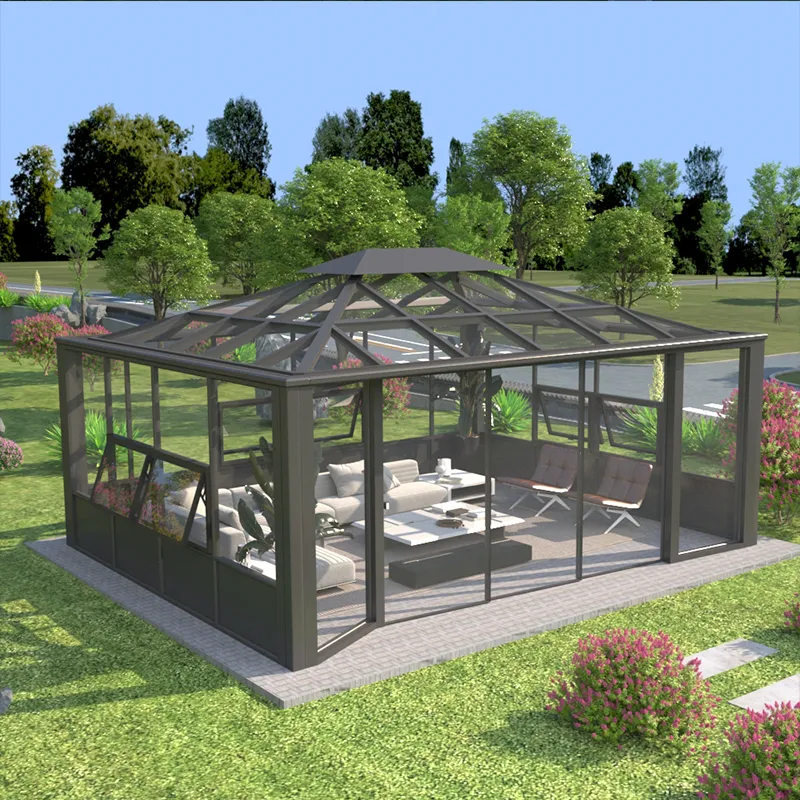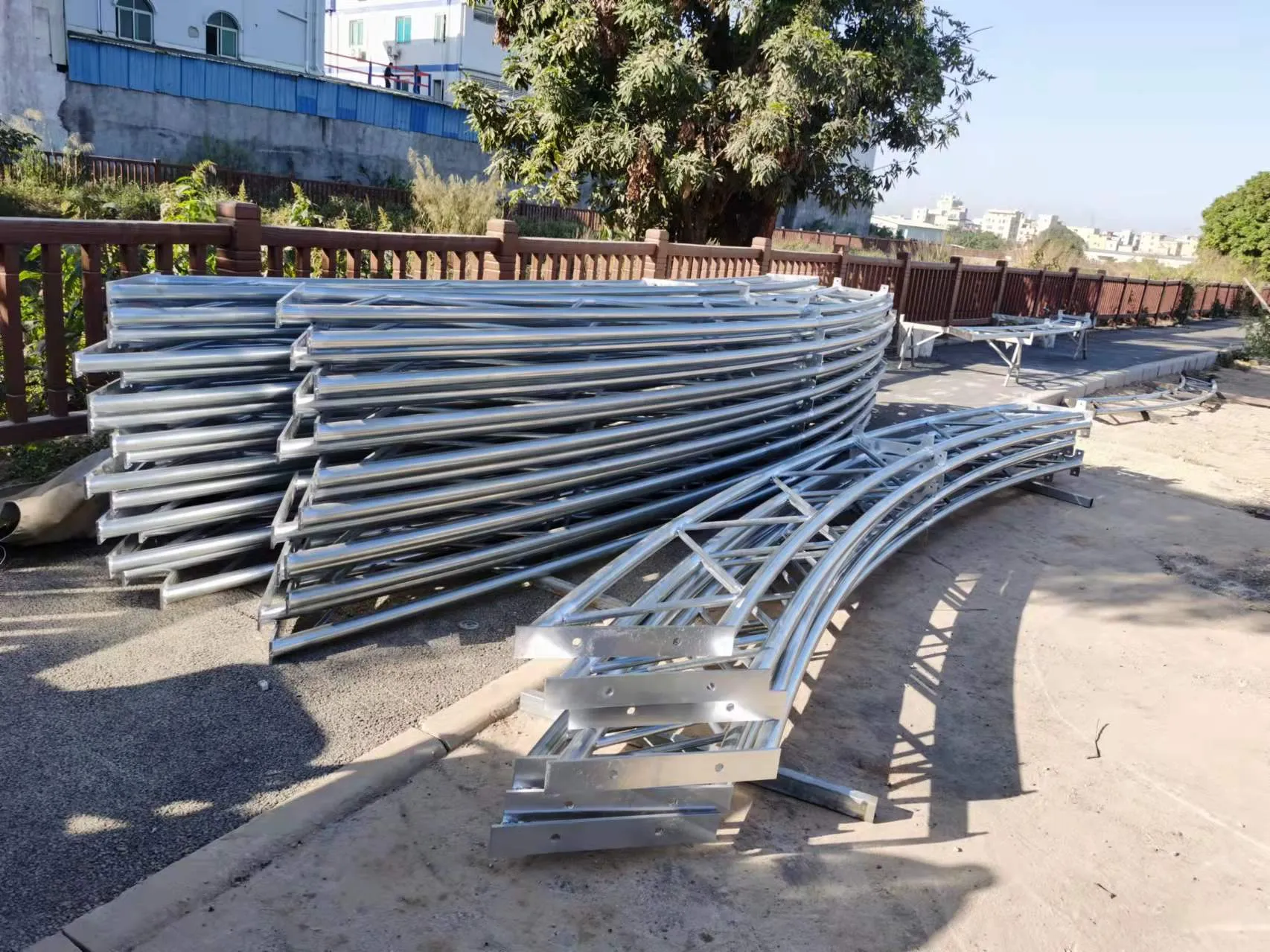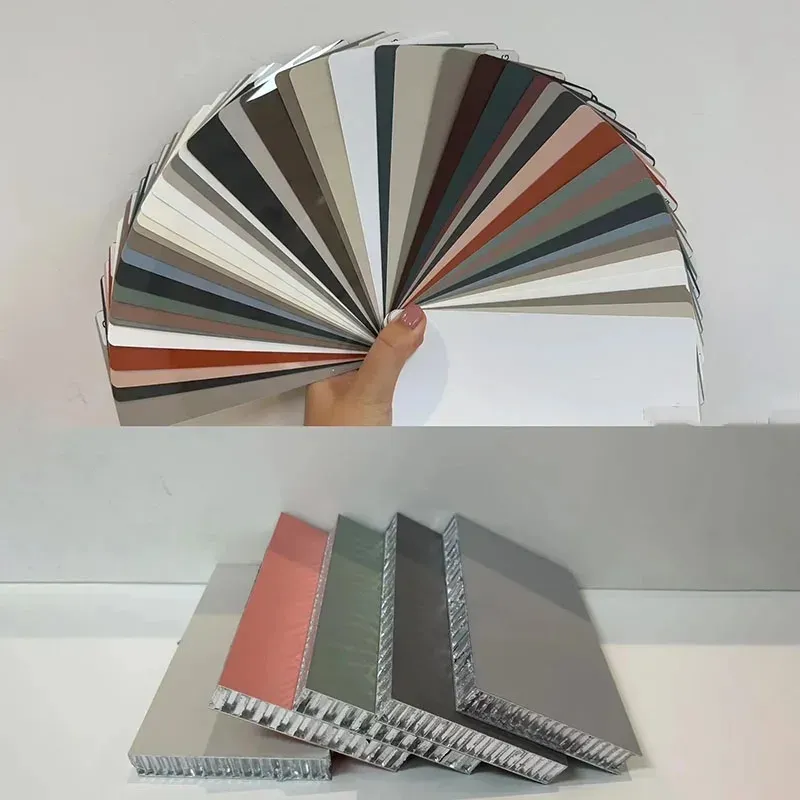- NEWS
- Steel vs. Aluminum Alloy Buildings: Pros and Cons
Steel vs. Aluminum Alloy Buildings: Pros and Cons
When choosing between steel and aluminum alloy for building construction, it's essential to weigh the pros and cons of each material to determine which best suits your project. Both materials have distinct qualities that make them popular in various industries, from residential homes to commercial buildings and industrial structures. However, their differences can make one more suitable than the other depending on factors like durability, cost, weight, and environmental conditions. So, let's break it down and explore the strengths and weaknesses of both steel and aluminum alloy buildings.

Steel Buildings: Strength and Durability
Steel has long been a preferred material in construction due to its unparalleled strength and durability. If you’re looking to build a structure that can withstand heavy loads, intense weather conditions, or require large, open spaces (like warehouses or industrial buildings), steel may be the go-to option.
Pros of Steel Buildings
- 1.Superior Strength: Steel is incredibly strong, with high tensile strength, meaning it can handle large spans and heavy loads. It's ideal for large structures such as high-rise buildings, bridges, or expansive industrial complexes.
2. Durability: Steel is highly resistant to wear and tear, making it a solid choice for buildings that need to last for decades with minimal structural degradation. It’s especially resistant to damage from physical impacts, heavy machinery, and weight-bearing uses.
3. Fire Resistance: Steel has a high melting point, making it resistant to fire damage. In case of a fire, steel structures are less likely to collapse compared to wood or plastic.
4. Cost-Effective in Large Structures: While the initial costs of steel can be high, its strength means fewer materials are needed for larger structures. This can lead to cost savings in large, open-plan designs. 
Cons of Steel Buildings
- 1. Corrosion Susceptibility: Steel is prone to corrosion when exposed to moisture, especially in salty or humid environments. This requires additional treatment such as painting or galvanizing to prevent rusting, adding to long-term maintenance costs.
2. Heavier Weight: Steel’s strength comes with a downside—it’s significantly heavier than aluminum. This makes it more challenging to transport and install, especially in projects where weight is a concern.
3. Limited Flexibility in Design: While steel is incredibly strong, it’s not as flexible or malleable as aluminum. This means intricate or detailed architectural designs can be more difficult to achieve with steel, especially in smaller structures.
4. High Thermal Conductivity: Steel is an efficient conductor of heat, which means it can absorb and radiate heat quickly. Without proper insulation, steel buildings can become extremely hot in the summer or cold in the winter.
Aluminum Alloy Buildings: Lightweight and Versatile
Aluminum alloy is gaining popularity for its versatility and lightweight properties, especially in residential, commercial, and small industrial structures. If your project emphasizes flexibility, ease of installation, and weather resistance, aluminum alloy could be your material of choice.
Pros of Aluminum Alloy Buildings
- 1. Lightweight: Aluminum alloy is significantly lighter than steel, making it easier to transport, handle, and install. This is particularly useful in projects like outdoor pergolas, greenhouses, and solariums where weight needs to be minimized without compromising on strength.
2. Corrosion Resistance: Unlike steel, aluminum naturally forms a protective oxide layer that prevents corrosion, even in humid or salty environments. This makes aluminum alloy a great choice for structures exposed to the elements, such as glass houses and other outdoor applications.
3. Malleability: Aluminum is highly flexible and can be shaped into a wide variety of forms. This makes it ideal for intricate or modern architectural designs. Its malleability allows for custom shapes and unique structures that are harder to achieve with steel.
4. Energy Efficiency: Aluminum reflects heat rather than absorbing it, making it an energy-efficient material for buildings. It helps in keeping structures cool in hot climates, which can lower cooling costs. This makes it an excellent choice for green buildings or eco-friendly designs.
5. Low Maintenance: Thanks to its corrosion resistance, aluminum buildings require less upkeep compared to steel. You won’t need to worry about rust or frequent painting, making aluminum a low-maintenance option for long-term use. 
Cons of Aluminum Alloy Buildings
- 1. Lower Strength: While aluminum is strong, it’s not as strong as steel. This limits its application in large, weight-bearing structures like skyscrapers or heavy industrial buildings.
2. Higher Initial Cost: Aluminum alloy tends to be more expensive upfront compared to steel. The lightweight material often comes with a higher price tag, which can be a downside for budget-conscious projects.
3. Thermal Expansion: Aluminum expands and contracts more than steel when exposed to temperature changes. This can cause issues with joint integrity and might require specialized construction techniques to accommodate the material's movement.
4. Vulnerable to Scratches and Dents: Due to its softer nature compared to steel, aluminum is more prone to physical damage such as scratches, dents, or deformation. This might not be ideal for high-traffic areas or places exposed to heavy wear and tear.
Conclusion: Steel or Aluminum? It Depends on Your Needs!
Ultimately, whether you choose steel or aluminum alloy for your building depends on your specific needs. Steel is the heavyweight champion when it comes to strength and durability, making it ideal for large or heavy-duty structures. On the other hand, aluminum alloy shines for its lightweight versatility, corrosion resistance, and aesthetic appeal, making it perfect for modern designs, small-to-medium structures, and outdoor applications like greenhouses or solariums.
By considering the pros and cons of both materials, you can make an informed decision and ensure that your project is built to last—whether you're constructing a skyscraper or a sleek outdoor sanctuary!
-
Luxurious Pool Pergola IdeasNewsJan.10,2025
-
Master the Art of Grill PergolaNewsJan.07,2025
-
Sunroom Colors Ideas: Energize Your Space with HuesNewsJan.03,2025
-
Stunning Sunroom Ideas for Ultimate RelaxationNewsDec.31,2024
-
How To Stagger Deck BoardsNewsDec.28,2024
-
How Long Will A Deck Last?NewsDec.25,2024
-
Pergola Builders for Stunning Yard DesignsNewsDec.19,2024











